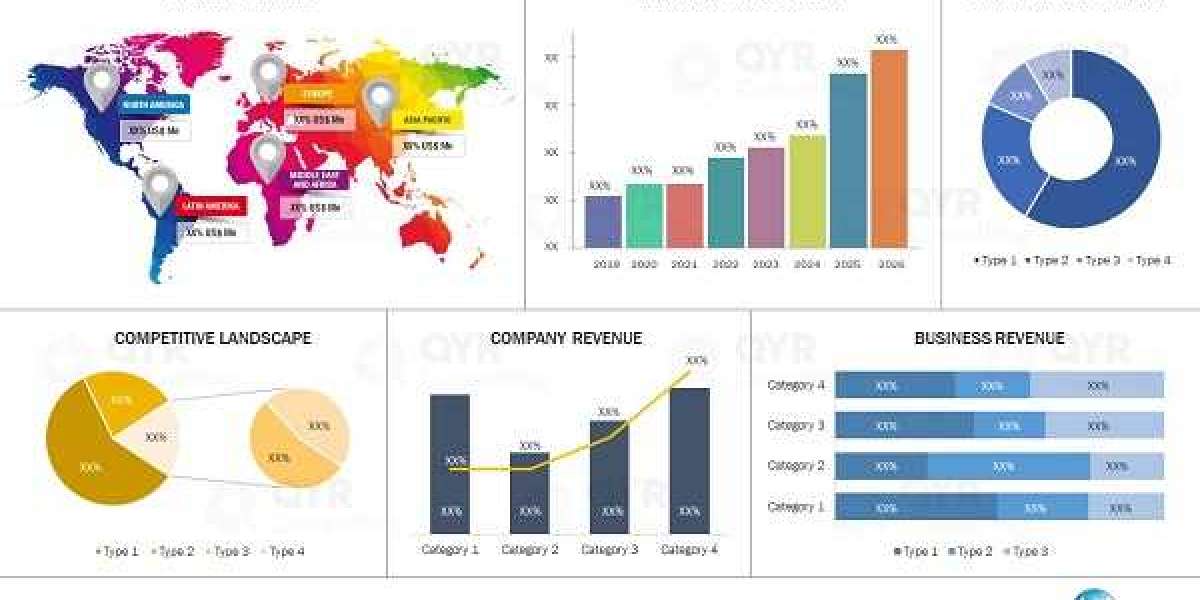Industrial plastic wrap machines are essential tools in modern packaging, ensuring products are securely wrapped for transportation, storage, or display. These machines have transformed packaging practices across industries, delivering efficiency, consistency, and versatility in handling various types of goods.
What Are Industrial Plastic Wrap Machines?
An industrial plastic wrap machine is a device used to encase items with a thin plastic film. Unlike shrink wrap machines, these machines typically use stretchable plastic film that is applied under tension, creating a snug, protective layer around the product. This process is widely used for securing goods on pallets, bundling smaller items, or enhancing product presentation.
How Do Plastic Wrap Machines Work?
stretch wrapping machine for pallets operate through the following steps:
- Film Placement: A roll of plastic film is loaded onto the machine.
- Tension Application: The machine stretches the film to a desired level of tautness.
- Wrapping: The film is wrapped around the product, often in multiple layers for added stability.
- Cutting Securing: The film is cut and fastened to ensure the wrap stays in place.
Benefits of Industrial Plastic Wrap Machines
- Product Protection: The plastic layer safeguards items against dirt, moisture, and physical damage during shipping or storage.
- Enhanced Stability: When used for pallet wrapping, the machine secures loads tightly, reducing the risk of shifting or falling during transit.
- Cost Efficiency: These machines minimize material waste by precisely controlling the amount of film used.
- Speed Productivity: Automation significantly speeds up the wrapping process, boosting operational efficiency in high-volume environments.
Types of Plastic Wrap Machines
wrapping machine supplier in saudi arabia provides all types of Plastic Wrap Machines
Industrial plastic wrap machines come in various forms, each suited for specific applications:
- Manual Machines: Suitable for small-scale packaging needs, these machines require operator control.
- Semi-Automatic Machines: A balance between manual effort and automation, ideal for medium-scale operations.
- Fully Automatic Machines: Designed for high-speed operations, these machines handle the entire wrapping process without human intervention.
Applications Across Industries
Plastic wrap machines are widely used in:
- Logistics Warehousing: To secure pallets and ensure safe transportation.
- Retail: For bundling products or wrapping promotional packs.
- Manufacturing: To protect machinery components and industrial supplies.
- Food Beverage: To preserve freshness and prevent contamination in packaged items.
Future Developments in Plastic Wrap Technology
The focus on sustainability is driving innovation in plastic wrap technology. Manufacturers are developing biodegradable and recyclable films to reduce environmental impact. Moreover, advancements in automation are enabling smarter and more energy-efficient machines that optimize wrapping processes.
Conclusion
Industrial plastic wrap machines play a crucial role in ensuring product safety, enhancing efficiency, and streamlining packaging operations. With their ability to adapt to various industries and applications, these machines have become indispensable tools in modern supply chains










